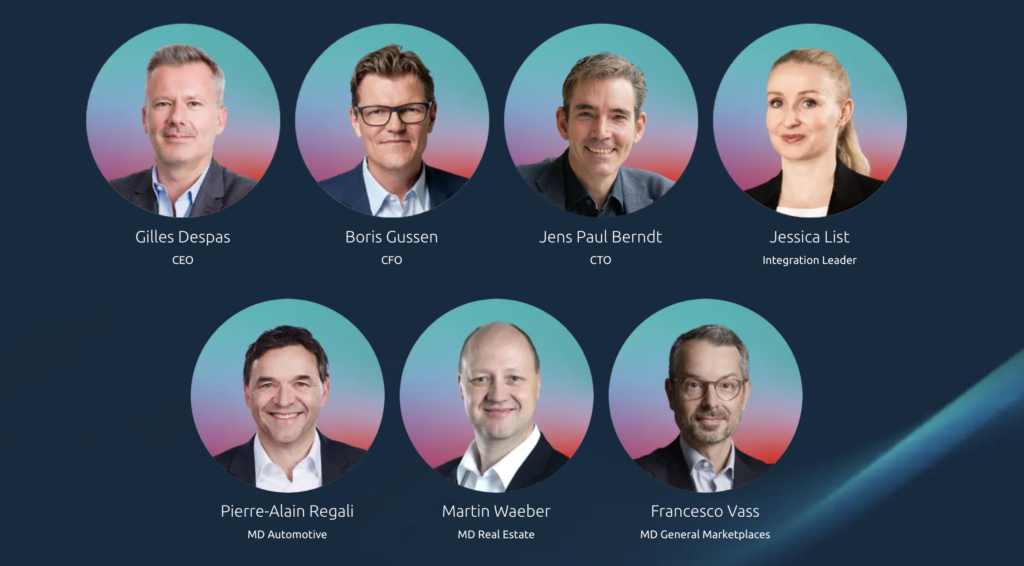Homeowners raised their asking prices in March: Both single-family homes and condominiums recorded significant increases compared to the previous month. In periods of economic uncertainty and high rents, demand for home ownership grows, which is reflected in price trends. This is shown by the latest figures from the ImmoScout24 Purchase Index.
According to the ImmoScout24 Purchase Index, compiled in cooperation with the real estate consulting firm IAZI, sellers of single-family homes attempted to achieve higher prices for their properties in March than in the previous month. Advertised prices rose by 1,3% on average nationally compared to February. An increase was also observed for condominiums, although at 1,0%, this increase was more moderate.
While asking prices for condominiums have been rising steadily in recent months, asking prices for single-family homes have recently been rather volatile, with declines in some areas. According to Martin Waeber, Managing Director Real Estate of the SMG Swiss Marketplace Group, the fact that the asking prices for these properties have now risen significantly again is likely due to two key factors: “Firstly, mortgage costs have become cheaper again as a result of the recent interest rate cut by the Swiss National Bank (SNB) and are likely to fall further in the near future. Secondly, in light of geopolitical tensions, trade conflicts, and general economic uncertainty, home ownership is perceived as a more crisis-proof and value-stable investment.” Both factors are increasing interest in owning one’s own home, which plays into the hands of sellers, Waeber continues.
Regional price development for single-family homes
In March, prices for single-family homes varied by region. Central Switzerland recorded the strongest increase (up 5,2%). Due to the supply shortage, this region generally experiences above-average volatility. Lower growth, but still slightly above the national trend, was seen in Eastern Switzerland (up 2,2%), the Greater Zurich Region (up 2,2%), and Northwestern Switzerland (up 1,5%). The increase was more moderate, at 0,5%, in the Central Plateau and the Lake Geneva Region (up 0,1%). However, the housing market did ease slightly, but only in the Ticino region, where it was down 1,3%.
Regional price trends for condominiums
Although condominium prices rose nationally in March, there were distinct regional trends. In Eastern Switzerland (down 2,2%) and Northwestern Switzerland (down 0,1%), condominiums were offered at slightly lower prices than in the previous month, while there was no change in Ticino. The most substantial increases, however, were recorded in Central Switzerland (up 2,0%), followed by the Lake Geneva region (up 1,6%). In the Central Plateau (up 0,4%) and the Greater Zurich Region (up 0,4%), asking prices also rose slightly but below the national average.
Date 31. March 2025
Purchase offers for single-family homes throughout Switzerland (CHF/m2)
| 01.03.2025 | 31.03.2025 | Change | in % | |
| Month | 7583.6 | 7682.7 | +99.1 | +1.3% |
| 31.03.2024 | 31.03.2025 | Change | in % | |
| Year | 7450.9 | 7682.7 | +231.8 | +3.1% |
Purchase offers for condominiums throughout Switzerland (CHF/m2)
| 01.03.2025 | 31.03.2025 | Change | in % | |
| Month | 8890.7 | 8980.4 | +89.7 | +1.0% |
| 31.03.2024 | 31.03.2025 | Change | in % | |
| Year | 8690.5 | 8980.4 | +289.9 | +3.3% |
The values may contain rounding differences.

Sebastian Sinemus
Senior Communications Manager Real Estate & Media Spokesperson

